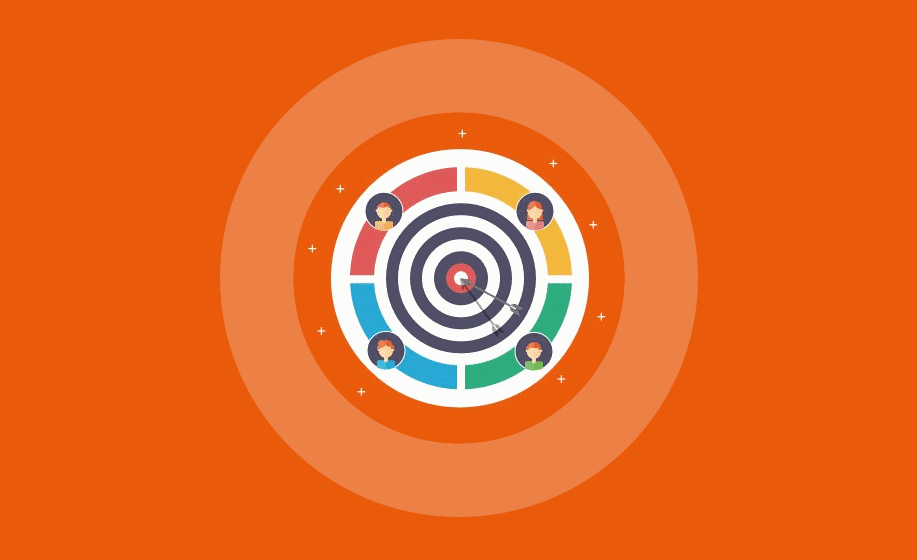Content is still king, but many people fall a bit short of the royal moniker content deserves. This is certainly no fault to them, since most people don’t have a content plan in place. This is what makes content marketing strategies so important to the growth and success of any business, in any industry.
Without a powerful content strategy, you may be falling a bit short in the conversion department. However, developing a strong content marketing strategy can be done. This is where your audience comes into play.
Who is your audience? What online channels do they get their content from? What forms of content do they have an insatiable appetite for (review articles, infographics, video content)? These are all important questions that help build a powerful marketing strategy that converts.
Let’s take a deeper look at how to build audience-based content marketing strategies for maximum engagement and success.
Know Your Audience Really Well
Knowing your audience is the first step in building your content marketing strategy. Why? Your audience is who you are writing, engaging with, and ultimately getting money from. When you know your audience, you can achieve those three things easily.
Knowing your audience should be a bit specific, since you need to know what grabs their attention. Simply knowing age, gender, and location simply won’t do anymore. It is helpful, but digging deeper can help you make the personal connection consumers crave.
“Personalization strategies are becoming table stakes for brands that want to effectively compete in the digital landscape,” Giselle Abramovich of CMO explained.
A few notable questions to ask about your audience are:
- What value do they seek?
- Why do they purchase product like yours?
- What is their evaluation process?
- What are they saying in reviews of products similar to yours (likes and dislikes)?
- Why would they not buy your product?
Find Where Your Audience Is Getting Content Online
Knowing your audience better will lead you down a path of where they get their content online. This is valuable when building powerful content marketing strategies that convert. For instance, if you are in the women’s health industry, your audience may be on women’s health specific forums.
Once you have an idea of who your audience is, find them on social media channels and take note of the articles they are sharing, from what publication, and the comments their followers and friends are making on shared content.
Lastly, find who their influencers are. Having a list of influencers at the ready is a powerful asset for your content marketing strategy, since most consumers trust influencers over brands these days. In fact, one in three people trust influencers over brands.
What’s The Type Of Content They Crave?
Once you know who your buyer personas are, where they are getting their content online, you can examine the types of content they crave. You may be thinking articles or blogs, but not so fast. There’s actually a wide range of content leading to conversions.
Articles and blogs are always going to be content staples, but don’t be afraid to expand a bit. For instance, video content is trending right now. Video content is so important, that 85 percent of consumers want more of it from brands.
“One of the biggest benefits of video content comes in the form of education,” Anneke Steenkamp of Business 2 Community said. “Brands are now able to summarize their message in concise, short from manner.”
Visit a content marketing agency and you’ll notice the strong focus on video content they have. Good video content can also complement articles and blogs, allowing you to share your content and branding message across multiple channels and in a variety of forms.
Putting It All Together
The above are all exceptional ways to develop a content marketing strategy that converts. However, if you let all that audience ferment without actually building out a strategy, you have lost a lot of time.
With research in hand, create detailed buyer personas that have:
- Day in the life scenario
- Their buying objectives
- Pain points (needed solution)
- History (time employed, position, etc.)
- Purchase barriers
- Potential questions
- Content (type and channel)
- Keywords, buzzwords
- Role play
With buyer personas developed, you can then create an editorial calendar and sales funnel that addresses and connects with your audience in a meaningful way. This is how you enhance your content and ultimately launch a content marketing campaign that simply gets high-level results.
Are You Connecting With Your Audience?
If your not seeing any website or social engagement, you may not be producing the right kind of content. Before you create any content you should ask two vital questions. Who am I writing this for? Who is going to share this?
There are certainly other aspects to a great content marketing strategy. What has been a type of content that has increased your conversions? We want to hear about it.

